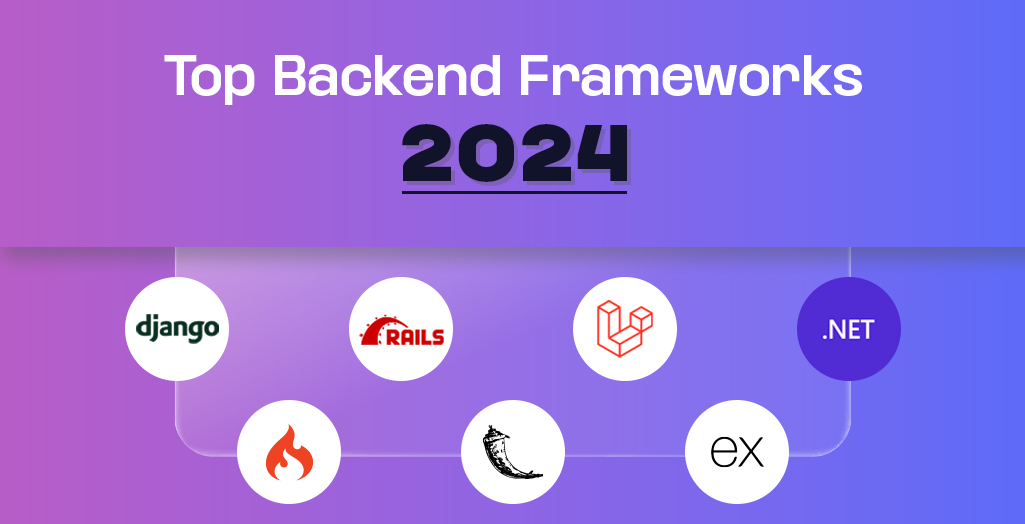
The backend development landscape in 2024 continues to offer a diverse range of frameworks, each catering to specific project needs and developer preferences. Here’s a look at some of the most popular frameworks and their key points:
Top Frameworks:
- Node.js: This JavaScript runtime environment reigns supreme for building real-time applications and APIs. Its event-driven architecture and non-blocking I/O model make it ideal for handling large numbers of concurrent connections. Popular frameworks built on Node.js include:
- Express.js: Offers a minimalist and flexible foundation for building web applications and APIs.
- NestJS: Provides a structured and scalable approach for building enterprise-grade applications.
- Spring Boot (Java): This opinionated framework on top of the Spring ecosystem simplifies development by auto-configuring many common tasks. It allows developers to focus on business logic and quickly build robust web applications and microservices.
- Python (Django/Flask): Python’s popularity translates to powerful backend frameworks like Django and Flask.
- Django: Embraces the “batteries-included” philosophy, offering a comprehensive set of features for rapid development.
- Flask: Provides a lightweight and flexible foundation, making it suitable for smaller projects or rapid prototyping.
- ASP.NET Core (C#): Developed by Microsoft, this open-source framework enables building modern web applications and APIs using the C# language. It offers performance, scalability, and cross-platform compatibility.
- Ruby on Rails: Known for its convention over configuration approach and developer productivity, Ruby on Rails caters to building web applications quickly and efficiently.
Emerging Frameworks:
- Go (Golang): This statically typed, compiled language from Google prioritizes performance, simplicity, and concurrency. Frameworks like Gin and Echo offer tools for building web applications and APIs leveraging Go’s strengths.
- FastAPI (Python): This high-performance web framework built on top of Python focuses on speed and ease of use. It’s gaining traction for its ability to handle demanding workloads efficiently while maintaining a clean and concise syntax.
Selecting the Right Framework:
When choosing a backend framework, consider factors like:
- Project Requirements: Evaluate performance needs, scalability, and the complexity of the application.
- Programming Language Expertise: Select a framework based on your team’s knowledge and preferences.
- Development Style: Choose a framework that aligns with your preferred approach, whether opinionated or flexible.
- Scalability and Security: Consider the framework’s ability to handle growth and its built-in security features.
By keeping these factors in mind and researching relevant options, you can find the most suitable backend framework for your project in 2024 and beyond.
Say goodbye to the hassles of bike ownership! MotoShare.in offers affordable rentals, whether you need a scooter for errands, a bike for a road trip, or a reliable ride to explore new cities.

 Starting: 1st of Every Month
Starting: 1st of Every Month  +91 8409492687
+91 8409492687  Contact@DevOpsSchool.com
Contact@DevOpsSchool.com
